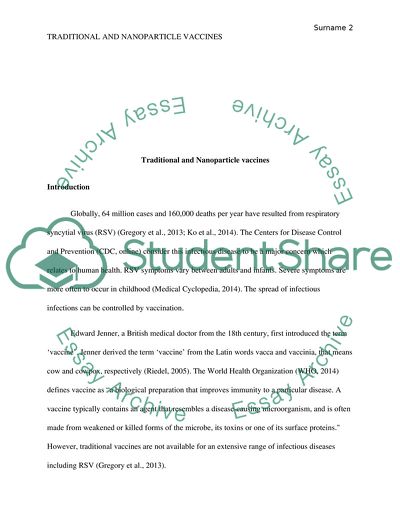Cite this document
(“Respiratory Syncytial Virus (RSV) infection: A comparison of Essay”, n.d.)
Retrieved from https://studentshare.org/health-sciences-medicine/1655643-respiratory-syncytial-virus-rsv-infection-a-comparison-of-nanoparticle-vaccines-with-traditional-vaccines
Retrieved from https://studentshare.org/health-sciences-medicine/1655643-respiratory-syncytial-virus-rsv-infection-a-comparison-of-nanoparticle-vaccines-with-traditional-vaccines
(Respiratory Syncytial Virus (RSV) Infection: A Comparison of Essay)
https://studentshare.org/health-sciences-medicine/1655643-respiratory-syncytial-virus-rsv-infection-a-comparison-of-nanoparticle-vaccines-with-traditional-vaccines.
https://studentshare.org/health-sciences-medicine/1655643-respiratory-syncytial-virus-rsv-infection-a-comparison-of-nanoparticle-vaccines-with-traditional-vaccines.
“Respiratory Syncytial Virus (RSV) Infection: A Comparison of Essay”, n.d. https://studentshare.org/health-sciences-medicine/1655643-respiratory-syncytial-virus-rsv-infection-a-comparison-of-nanoparticle-vaccines-with-traditional-vaccines.


